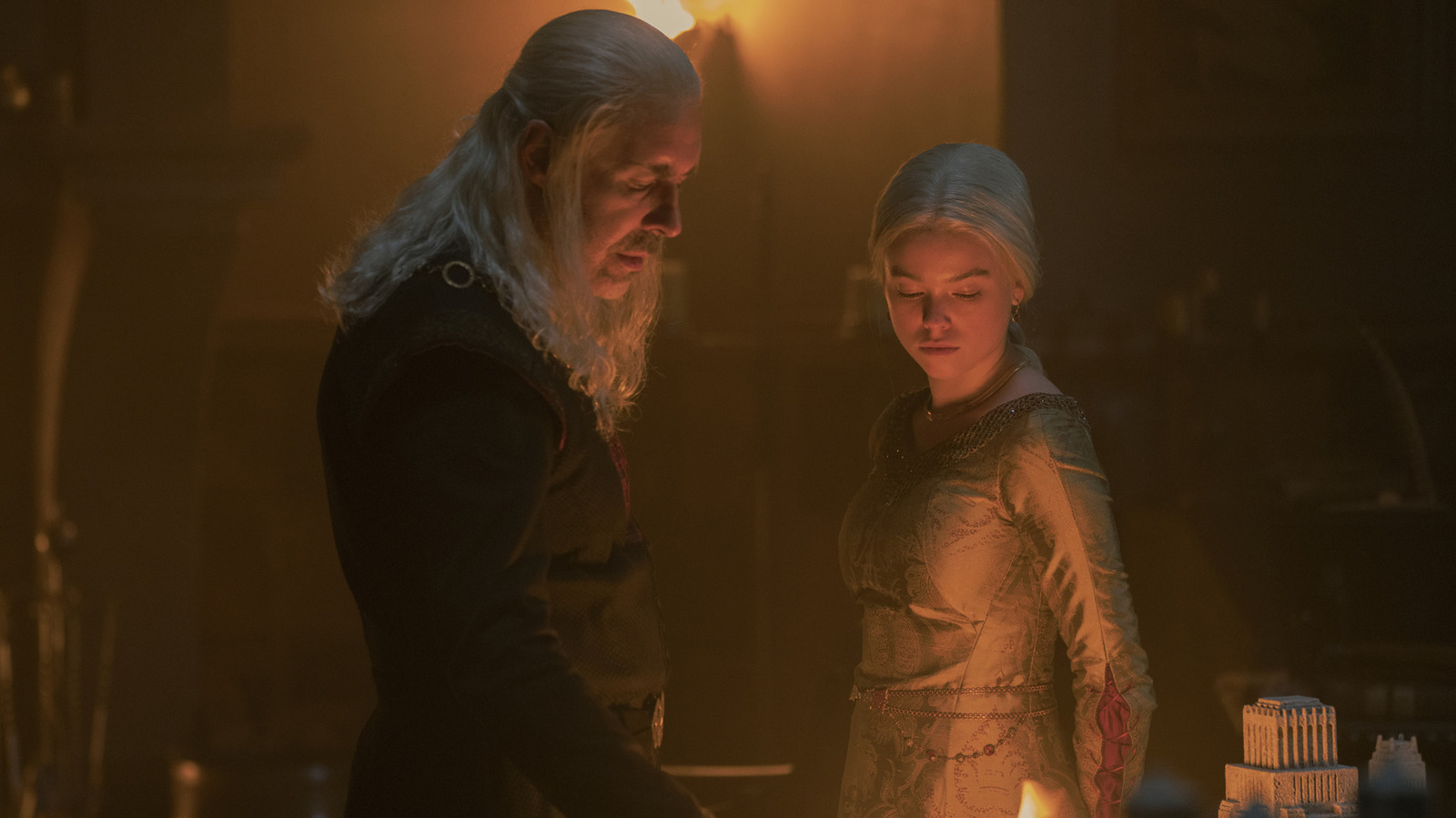Celebritiy
Who Is the Prince That Was Promised? Understanding the Game of Thrones Prophecy

In the realm of “Game of Thrones” and its prequel “House of the Dragon,” the enigmatic prophecy of the “prince that was promised” stands as a pivotal element in the narrative crafted by George R.R. Martin. Fans of both the original series and its extensions are likely aware of this prophecy and its connection to the Targaryen lineage. But the quest to identify this elusive figure proves to be far more complex than it first appears.
The origin of the “prince that was promised” prophecy is shrouded in mystery, with no specific source identified within Martin’s universe. However, it finds its roots in a belief system that venerates the Lord of Light. This prophecy suggests that the “prince that was promised” will bear the mythical sword Lightbringer and possess the ability to awaken dragons from stone. The circumstances surrounding the birth of this individual are also noteworthy. In “A Storm of Swords,” the Red Priestess Melisandre mentions a prophecy tied to the appearance of a bleeding star, smoke, and salt. Similarly, in “A Feast for Crows,” Archmaester Marwyn describes the prince’s birth under similar conditions.
What’s fascinating is that the term “prince” is actually gender-neutral in its original Valyrian context, which means the prophecy could just as easily refer to a princess. The narrative begins to take shape through Targaryen recollections of Aegon the Conqueror’s prophetic dreams foreseeing threats from the North. Tragically, King Viserys I Targaryen misinterprets these visions, inadvertently sparking civil war.
In “House of the Dragon,” the tragic loss of Viserys’ wife and newborn son forces him to name his daughter, Princess Rhaenyra Targaryen, as his heir. He shares his concerns about the looming dangers, calling it “a song of ice and fire.” However, upon his deathbed, Viserys’ final breath mistakenly associates the name “Aegon” with his younger wife and Rhaenyra’s former friend, Queen Alicent Hightower. This results in a catastrophic miscommunication that ignites the Targaryen civil war known as the Dance of the Dragons.
As for the figure of Azor Ahai, there’s notable overlap with the concept of the “prince that was promised.” Melisandre often invokes both names, suggesting they might be intertwined. Azor Ahai is depicted as a legendary hero rather than the focal point of a prophecy, with tales telling of his Lightbringer sword and legendary deeds. The myths surrounding Azor Ahai and the prince have undergone much distortion throughout the ages.
Initially, Melisandre identifies Stannis Baratheon as the “prince that was promised,” given his royal lineage. However, his journey takes a dark turn, leading to violent sacrifices and eventual defeat, which shifts Melisandre’s focus to Jon Snow. After reviving Jon from death, she comes to believe he is meant to fulfill the prophecy. Meanwhile, Daenerys Targaryen also stands as a contender, having “woken dragons from stone” and embodying many traits outlined in the prophecy.
The stakes rise with the revelation that Jon is, in fact, a legitimate Targaryen, the offspring of Rhaegal and Lyanna Stark, thus complicating the narrative even further. As the series progresses, however, neither Daenerys nor Jon is confirmed as the “prince that was promised.” Instead, an unexpected twist during the climactic Battle of Winterfell reveals Arya Stark, who delivers the killing blow to the Night King. This moment, while thrilling, leaves many fans questioning its narrative significance and resolution of the prophecy itself.
The unresolved nature of the “prince that was promised” serves as a reminder of a larger issue within “Game of Thrones” — myriad plot threads that remain tantalizingly loose. In addition to Arya’s arc and the implications of Jon’s lineage, many narratives drift without closure, including Cersei’s “valonqar” prophecy and Daenerys’ controversial journey to the throne.
As viewers continue to dissect the layers of intrigue within “Game of Thrones,” hope remains that George R.R. Martin may eventually unveil answers in the forthcoming “Winds of Winter.” For now, fans can revisit the series on Max and contemplate the unresolved gems that continue to fuel their fascination.
